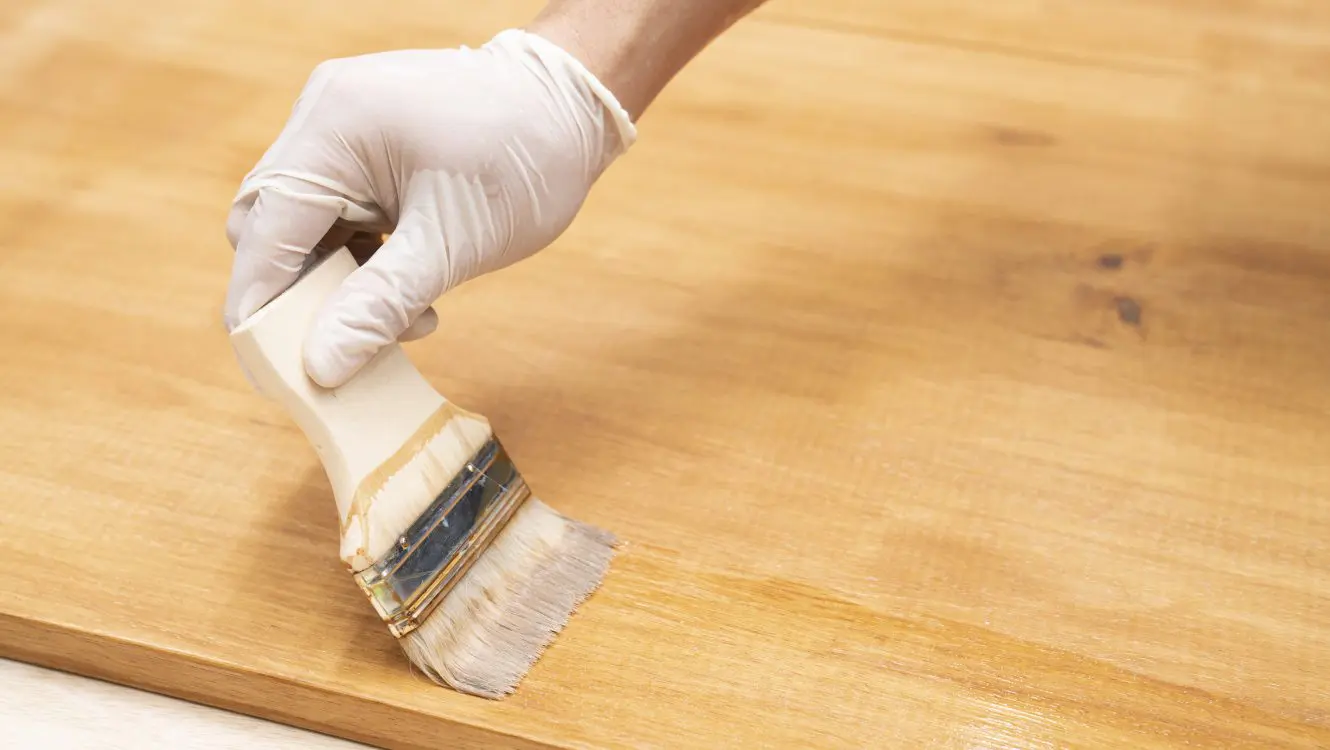
How to Care and Maintain Plywood Furniture Finished with Lacquer and Natural Oils
Plywood furniture, with its sleek design and durability, is a popular choice for modern homes. When finished with lacquer and natural oils, it offers a beautiful, glossy look while maintaining a natural feel. However, to keep your plywood furniture looking its best, proper care and maintenance are crucial. This guide will provide you with essential tips to preserve the beauty and longevity of your lacquered and oiled plywood furniture.
1. Understanding Plywood Finishes: Lacquer vs. Natural Oils
Before diving into maintenance tips, it’s important to understand the differences between the finishes:
- Lacquer Finish: Lacquer is a hard, protective coating that provides a glossy or matte finish. It’s known for its durability, water resistance, and ability to enhance the wood grain, giving your furniture a polished look.
- Natural Oils (e.g., Linseed, Tung, Danish Oils): These oils penetrate the wood, enhancing its natural beauty and providing a more subtle, warm finish. While not as glossy as lacquer, oiled finishes bring out the wood’s texture and color, offering a more organic feel.
Both finishes protect plywood, but they require different maintenance approaches to keep your furniture in top condition.
2. General Maintenance Tips for Lacquered and Oiled Plywood Furniture
- Dust Regularly: Dusting helps prevent the buildup of dirt and grime, which can dull the finish over time. Use a soft, dry cloth or microfiber duster to gently clean the surface.
- Avoid Direct Sunlight: Prolonged exposure to direct sunlight can cause discoloration and fading. Place your furniture away from windows or use curtains and blinds to protect it from UV rays.
- Use Coasters and Mats: To prevent water rings, scratches, and heat damage, always use coasters for drinks and mats under hot dishes.
- Avoid Sharp Objects: Be mindful of items that can scratch or gouge the surface, such as pens, scissors, and other sharp objects.
3. Specific Care for Lacquered Plywood Furniture
Maintaining lacquered plywood furniture involves preserving its shiny, protective coating. Here’s how to care for it:
- Cleaning: Use a damp, soft cloth to wipe down the surface. Avoid using abrasive cleaners, ammonia, or harsh chemicals, as these can damage the lacquer. A mild soap solution works well for more stubborn dirt. Always dry the surface with a clean cloth immediately after cleaning.
- Polishing: To restore shine, you can use a non-silicone-based furniture polish. Apply sparingly and buff with a soft cloth to avoid streaks and residue buildup.
- Handling Scratches and Dings: Minor scratches can often be buffed out using a lacquer repair stick or touch-up marker designed for lacquer finishes. For deeper scratches, consult a professional, as lacquer can be tricky to repair without specialized skills.
- Preventing Heat Damage: Lacquer can be sensitive to heat. Avoid placing hot items directly on the surface, as they can leave white rings or damage the finish.
4. Specific Care for Oiled Plywood Furniture
Oiled finishes require a different approach since the oils penetrate and nourish the wood rather than sitting on the surface:
- Re-Oiling: Periodically, your furniture will need re-oiling to maintain its luster and protection. Depending on the level of use, re-oil every 6-12 months. Apply the oil evenly with a clean cloth, allow it to soak in for 15-30 minutes, then wipe off any excess.
- Cleaning: Use a damp cloth with a mild soap solution to clean the surface. Avoid overly wetting the wood, as excessive moisture can lead to warping. For stubborn stains, a light sanding with fine-grit sandpaper followed by re-oiling may be necessary.
- Handling Stains and Scratches: For minor scratches, lightly sand the area with fine-grit sandpaper and apply a fresh coat of oil. This will blend the scratch with the rest of the surface, restoring the wood’s natural appearance.
5. Long-Term Preservation Tips
- Maintain Humidity Levels: Wood is sensitive to changes in humidity, which can cause expansion and contraction. Keep your indoor humidity levels between 40-60% to prevent warping and cracking.
- Inspect Regularly: Periodically inspect your furniture for signs of wear, scratches, or areas that need re-oiling. Early intervention can prevent minor issues from becoming major problems.
- Avoid Chemical Contact: Household chemicals, nail polish removers, and perfumes can damage finishes. Be mindful of what comes into contact with your furniture.
6. Conclusion
Proper care and maintenance are essential for keeping your lacquered and oiled plywood furniture looking beautiful and extending its lifespan. By following these tips, you can preserve the natural elegance and durability of your furniture for years to come. Whether your plywood furniture is finished with lacquer or natural oils, regular cleaning, protection from sunlight and moisture, and periodic touch-ups will keep it in pristine condition.
Embrace the beauty of your plywood furniture by investing a little time in its upkeep, and it will reward you with lasting style and functionality.
